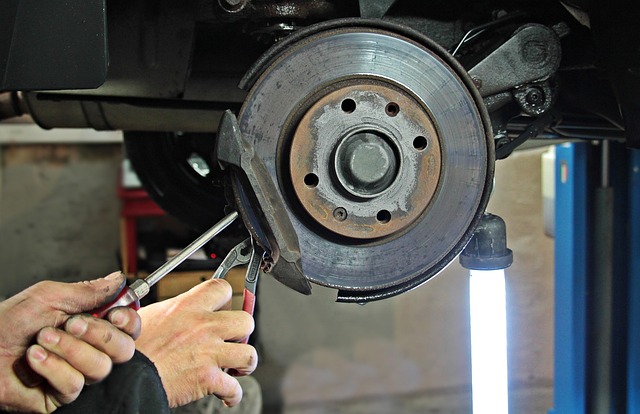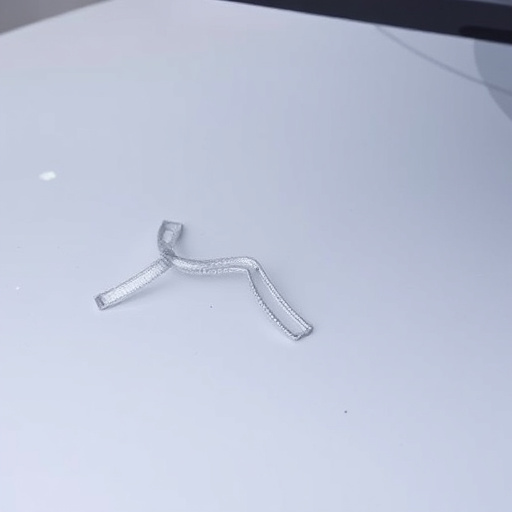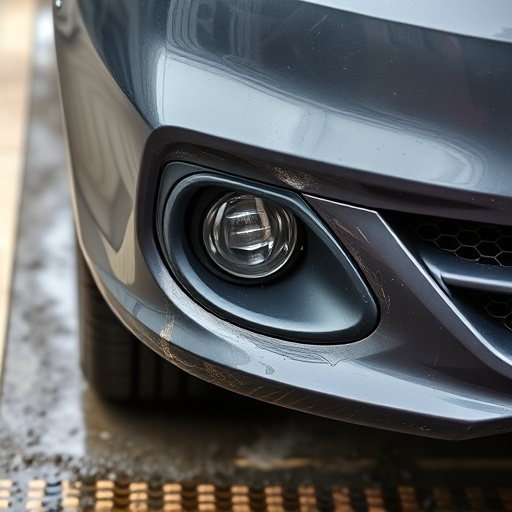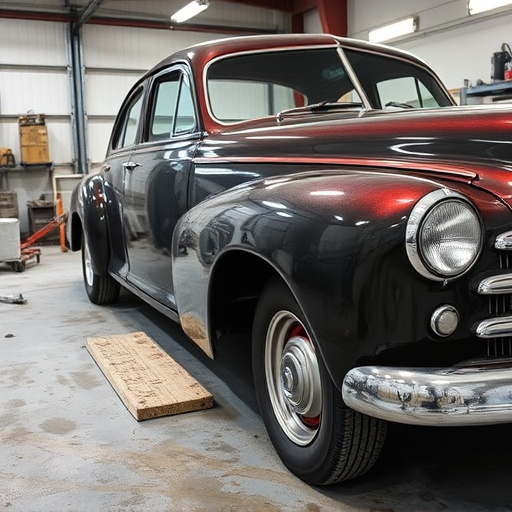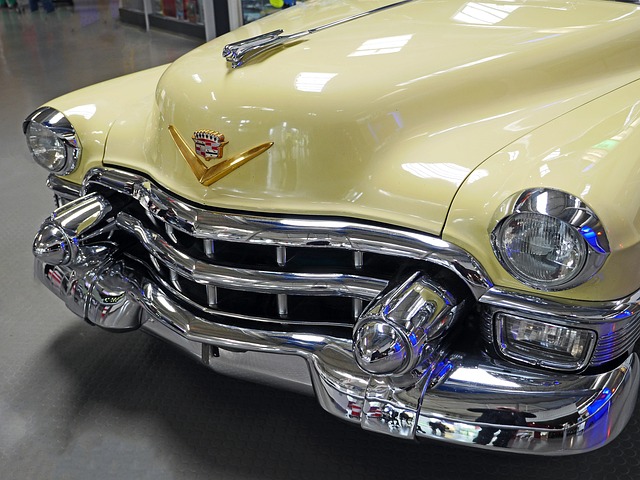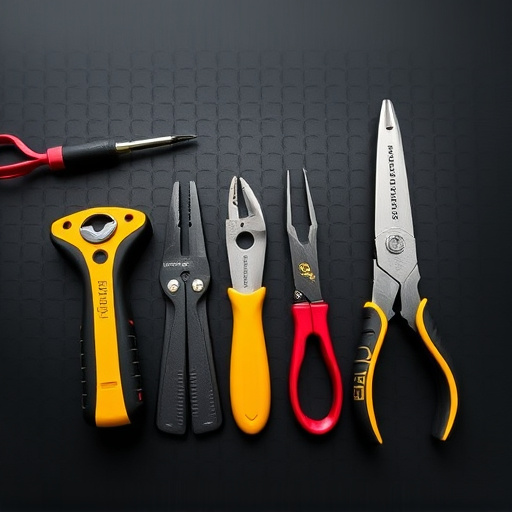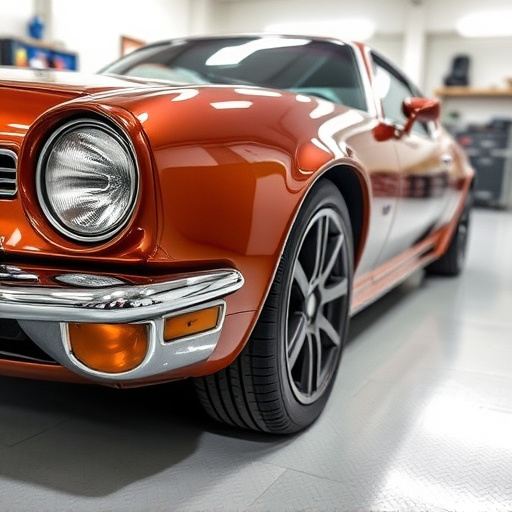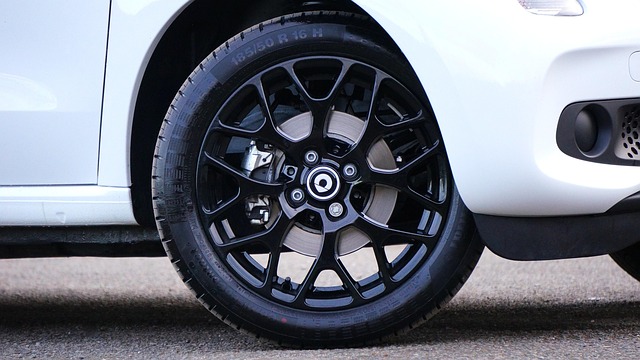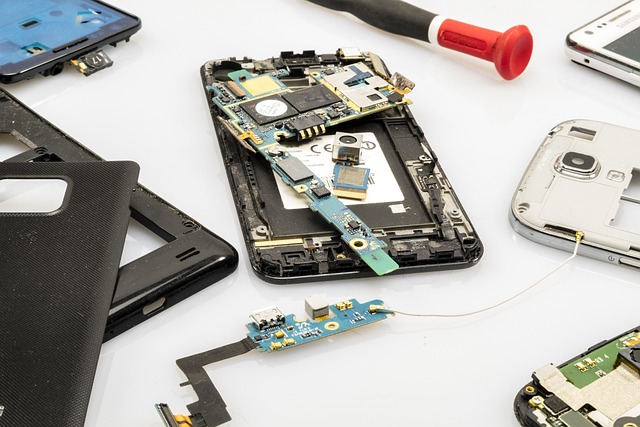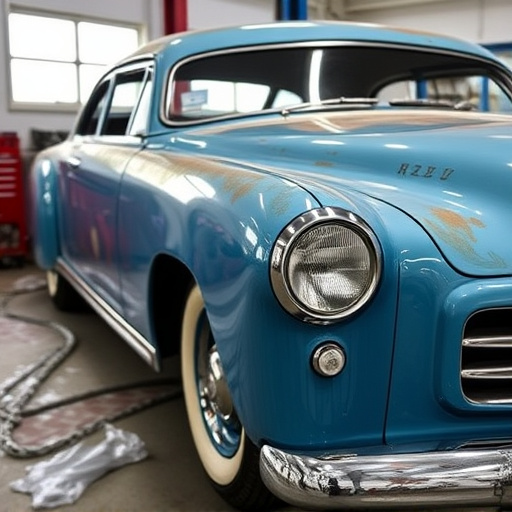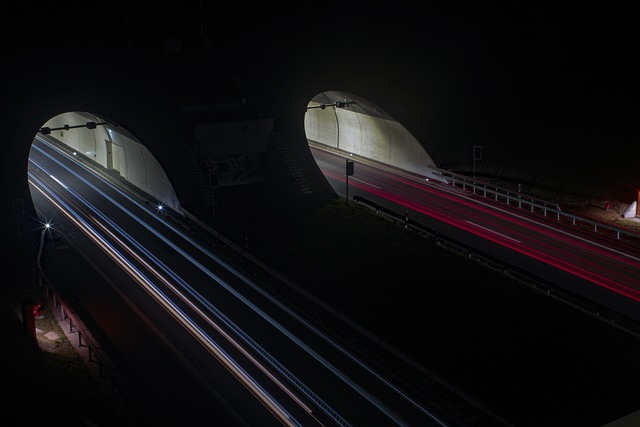Auto body technicians utilize paintless dent removal (PDR), a cutting-edge method using specialized tools like air guns and picks to remove dents without painting or glass replacement, preserving original paint jobs and offering an eco-friendly, cost-effective solution for minor repairs.
Auto body technicians are experts in restoring vehicles to their pre-accident condition, and a significant part of their skill set is paintless dent removal (PDR). This advanced repair technique allows them to fix dents and dings without touching the car’s paintwork. In this article, we’ll explore the art of PDR, delving into the tools, techniques, and step-by-step processes that auto body technicians use to perform this intricate yet effective form of dent repair.
- Understanding Paintless Dent Removal Techniques
- Tools and Equipment Used by Auto Body Technicians
- Step-by-Step Process for Efficient Repair
Understanding Paintless Dent Removal Techniques
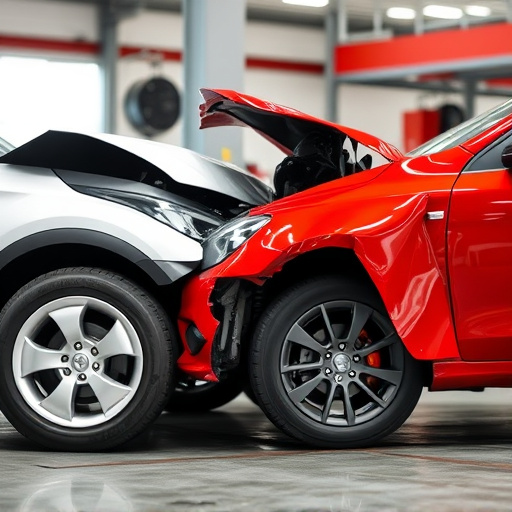
Auto body technicians are experts in various repair methods, and among their most sophisticated skills is paintless dent removal (PDR). This technique has revolutionized car collision repair by enabling the restoration of vehicles to their original condition without the need for traditional painting or auto glass replacement. PDR involves specialized tools and a meticulous approach to fix dents and dings on vehicle bodies.
Technicians use specific PDR tools, such as paddles, picks, and air guns, to carefully manipulate the dented area from behind the panel. This process allows them to push out the depressed metal back to its original shape without damaging the surrounding areas or affecting the paint job. Unlike in a vehicle body shop where auto glass replacement might be required after more severe damages, PDR preserves the existing paint and ensures a seamless finish, making it an eco-friendly and cost-effective solution for minor car repairs.
Tools and Equipment Used by Auto Body Technicians
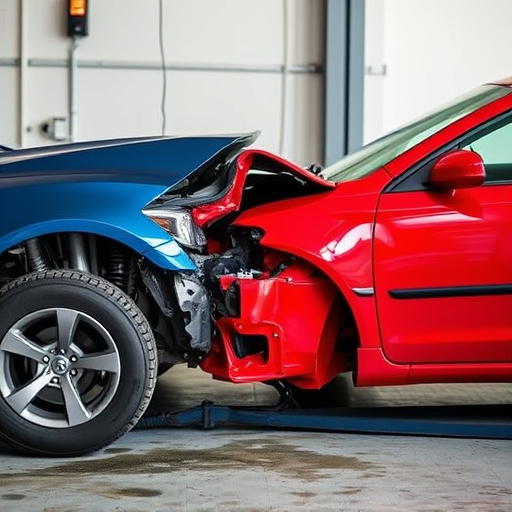
Auto body technicians rely on a sophisticated array of tools and equipment to perform paintless dent removal (PDR), a specialized technique that restores damaged vehicles to their original condition without traditional painting methods. Key instruments include specialized hammers, mallets, and picks designed to gently extract dents from the car’s body panel while minimizing paint damage.
These professionals also utilize advanced tools such as air compressors, vacuum pumps, and temperature-controlled heating guns. Advanced PDR equipment like this allows auto body technicians to accurately gauge the extent of the damage, apply targeted pressure, and precisely manipulate metal for effective dent removal. The use of these tools, combined with their expertise, ensures that car bodywork services are carried out efficiently and effectively, leaving vehicles looking as good as new in the vehicle body shop.
Step-by-Step Process for Efficient Repair
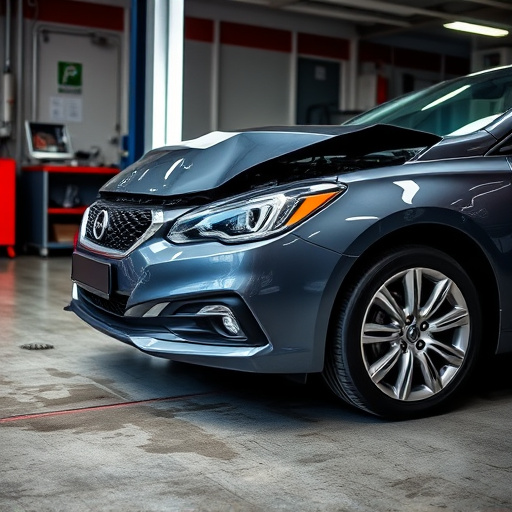
The process of paintless dent removal (PDR) involves a meticulous and skilled approach by auto body technicians. It’s a game-changer in the industry, offering efficient autobody repairs without the need for traditional repainting. The technician begins by inspecting the damage, assessing its severity, and determining the best PDR method. Using specialized tools and techniques, they carefully manipulate the dented area back to its original shape. This step-by-step process includes using air pressure, hydraulic tools, or hand tools to gently pry and mold the metal until the dent is completely removed. The result? A seamless repair that’s nearly indistinguishable from the surrounding panel, ensuring a top-notch automotive restoration. Throughout the procedure, auto body technicians must demonstrate precision, an eye for detail, and a deep understanding of metal behavior to achieve optimal collision repair shop outcomes.
Auto body technicians are masters of paintless dent removal, utilizing specialized tools and advanced techniques to restore vehicles to their original condition. By understanding the process and equipment involved, we can appreciate the skill and precision required to achieve seamless repairs without painting. This method not only saves time and costs but also preserves the vehicle’s authenticity, making it a preferred choice for many car owners and a testament to the expertise of auto body technicians.

